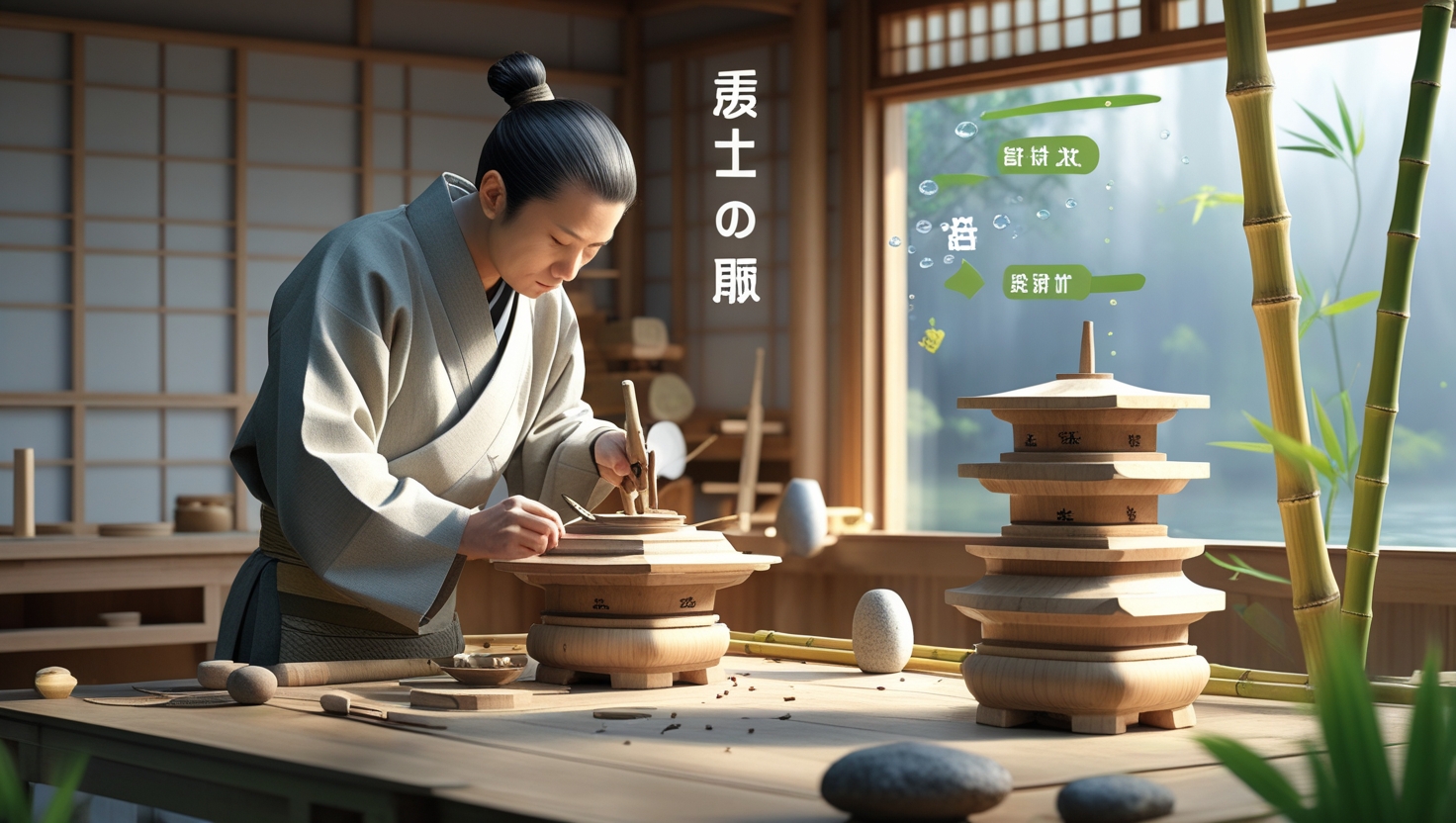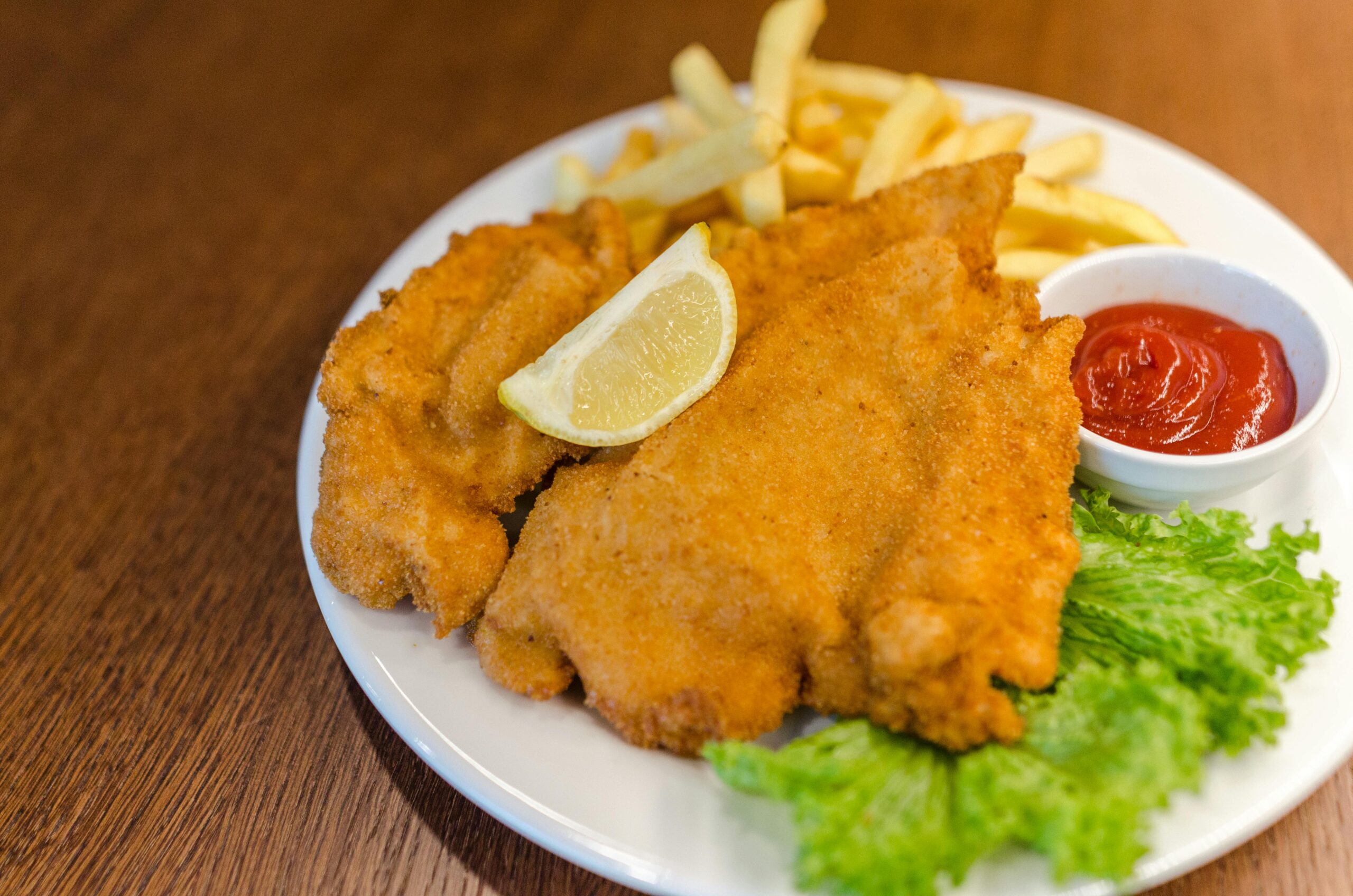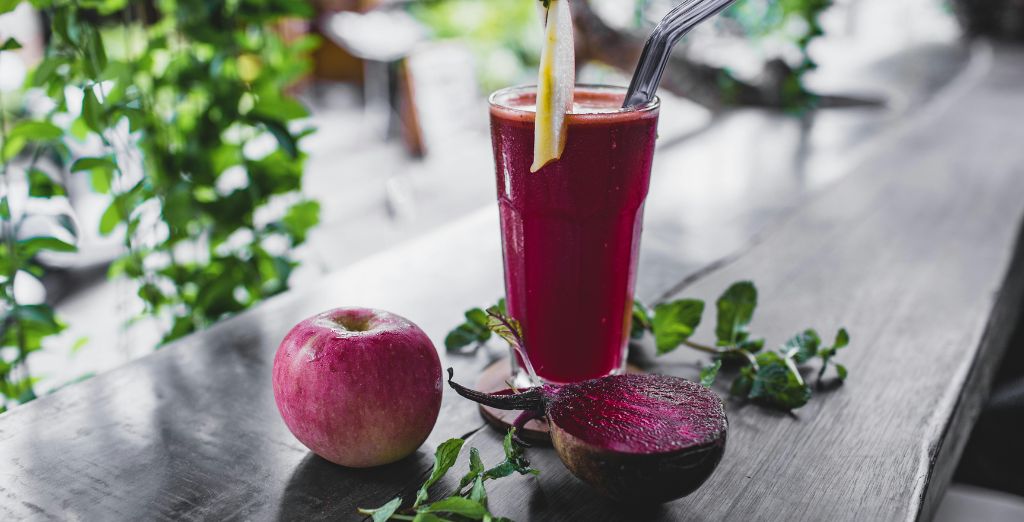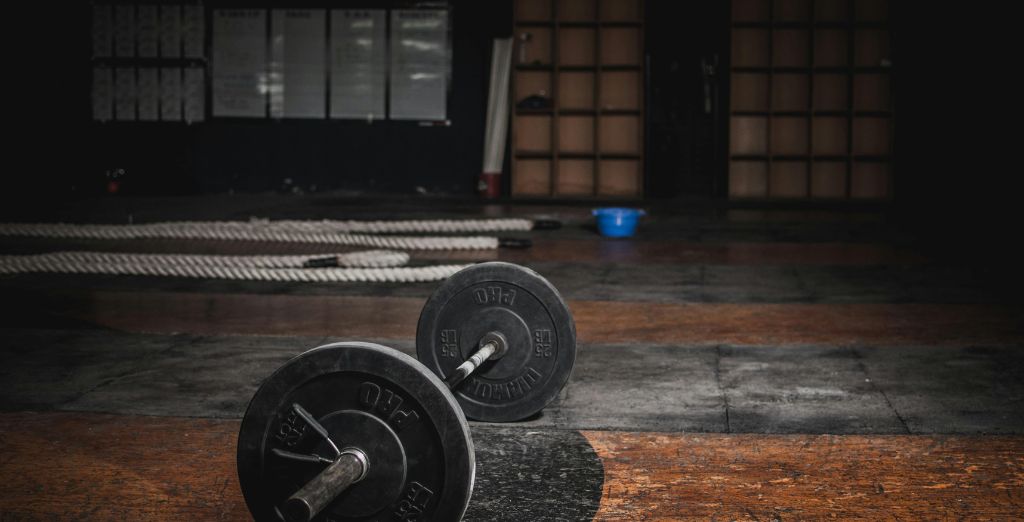Mizukando is a fascinating piece of Japanese tradition that combines utility and beauty. These water vessels, deeply rooted in Japanese culture, are crafted with care and skill. aren’t just containers for water; they are symbolic items with historical, artistic, and even spiritual meaning. Their unique designs have been cherished for centuries, and they continue to hold a place in Japanese households and cultural practices today.
Let’s explore the history, purpose, and craftsmanship behind understand why they have become such treasured items in Japan.
The History of Mizukando
The history of dates back centuries, with the vessels originally crafted for practical needs. Early on, Japanese artisans made them to store and carry water, essential for everyday life. In the past, communities relied on water sources like rivers and wells. The Mizukando allowed them to transport and store this precious resource.
Over time, the designs of evolved. They became symbols of beauty and functionality, crafted with more intricate designs and delicate shapes. As the vessels became more ornate, they transitioned from just utility items to symbols of pride and artistry. Today, represents a bridge between ancient practices and modern appreciation for traditional Japanese craftsmanship.
The Cultural Significance of Mizukando in Japan
Mizukando holds a special place in Japanese culture, especially in relation to tea ceremonies and other traditional rituals. In Japanese tea culture, water is highly valued, as it symbolizes purity and renewal. Mizukando is often used to store the water needed for these ceremonies, highlighting the vessel’s connection to cultural values and purity.
In addition, Mizukando can sometimes be found in Buddhist temples, where they are used in ceremonies and rituals. Here, they symbolize life and the importance of water, which nourishes and sustains all beings. The presence these spiritual settings emphasizes their value beyond simple function, as they carry spiritual meanings that honor life and the natural world.
Crafting a Mizukando: Skill, Patience, and Artistry

Creating a Mizukando requires a skilled artisan who understands the balance between function and form. These vessels are typically made from materials like clay, ceramic, or metal, depending on the region and the intended purpose of the Mizukando. Each material brings its own beauty and character, giving the vessels a unique aesthetic.
The crafting process involves several steps, beginning with shaping the vessel, then allowing it to dry before adding detailed patterns or designs. In many cases, artisans hand-paint or engrave with floral or nature-inspired designs, representing the seasons and Japanese aesthetics. The finished product is a functional piece of art, beautiful enough to be displayed and sturdy enough to serve its purpose.
How Mizukando is Used Today
While Mizukando was originally designed for practical use, today it has expanded to a variety of roles. Many Japanese households use as decorative pieces, especially during cultural celebrations or festivals. These vessels add a sense of tradition and elegance to homes, blending perfectly with Japanese interiors that emphasize simplicity and nature.
Additionally, can still be found in traditional tea houses and temples, where they are used during rituals or ceremonies. In these settings, the vessels remain functional but also serve as cultural symbols. They help preserve Japanese heritage, allowing people to connect with the history and values embedded in these traditional objects.
Mizukando Designs and Variations
Mizukando comes in different shapes, sizes, and designs. Some are small and delicate, while others are larger and meant for ceremonial use. The designs often feature traditional Japanese themes, such as cherry blossoms, waves, or mountains. These images are carefully painted or engraved, making each unique.
Certain designs may reflect specific regions of Japan. For instance, some from rural areas might feature patterns of local flowers or landscapes. These regional styles showcase the diversity of Japanese craftsmanship, as artisans from different areas bring their cultural influences to the vessel’s design.
Preserving the Tradition of Mizukando
Efforts to preserve and other traditional crafts are strong in Japan, with artisans and cultural organizations working to keep the knowledge alive. In recent years, there has been a renewed interest in traditional Japanese crafts, including, as younger generations recognize their cultural significance.
Workshops, exhibitions, and museums often showcase, giving people a chance to learn about the craftsmanship and history behind these vessels. Many visitors and locals alike find inspiration in beauty and functionality, and they view it as an important part of Japanese heritage that should be cherished and preserved.
Collecting Mizukando as a Hobby
Collecting has become a popular hobby, not only in Japan but worldwide. Each vessel tells a story, and collectors appreciate the artistry and cultural value that each represents. Some collectors focus on specific styles, such as those with intricate engravings or traditional Japanese patterns, while others look for historical pieces with a story.
Ownin allows collectors to connect with Japanese culture on a personal level. Whether as a display piece in a home or as part of a larger collection, Mizukando holds a charm that speaks to those who value craftsmanship and history. For many, the joy of owning a goes beyond its aesthetic; it is a link to Japan’s past and its rich cultural traditions.
Mizukando in Contemporary Japanese Culture
In modern Japan, Mizukando still plays an important role in cultural expressions and celebrations. Although technology has changed the way people store and use water, the symbolic importance of remains strong. During festivals and traditional events, Mizukando are often displayed as a way to connect to Japan’s past. They are also commonly used in tea ceremonies and other rituals where the purity of water holds spiritual and cultural significance.
In some cases, contemporary artists are inspired by traditional Mizukando designs and incorporate these elements into modern art. This fusion of old and new shows how the tradition of continues to evolve, even in a highly modernized world. The beauty and craftsmanship of these vessels are appreciated across generations, and they serve as a bridge between Japan’s past and present.
Mizukando and Sustainability

Another aspect that makes Mizukando relevant today is its connection to sustainability. In a world where plastic and disposable materials are often overused, represents a sustainable, long-lasting option. These vessels are made from natural materials like clay and ceramics, which are durable and environmentally friendly. By using in daily life, people are reminded of the value of preserving resources and returning to traditional, eco-friendly practices.
This sustainable aspect of gained attention not only in Japan but internationally. As people become more conscious of their environmental impact, there is a growing appreciation for traditional crafts like that prioritize quality, sustainability, and longevity over mass production and waste.
The Global Influence of Mizukando
Beyond Japan, is becoming recognized around the world as a symbol of Japanese craftsmanship. Tourists visiting Japan often purchase as a unique cultural souvenir, drawn to its elegant design and deep meaning. Some museums and cultural exhibitions outside of Japan also showcase as part of displays about Japanese history and traditional arts.
For those who practice Japanese tea ceremonies outside of Japan, owning a Mizukando is often seen as an essential part of the ritual. These vessels help preserve the authenticity and spiritual essence of the tea-making process. As a result, has found a home in various cultures that appreciate traditional Japanese practices.
Furthermore, with the rise of global interest in minimalism and slow living, Mizukando fits perfectly into modern lifestyles that value simplicity and intentional design. Its functional yet artistic form resonates with people who seek to surround themselves with meaningful objects that tell a story and serve a purpose.
Conclusion
Mizukando is more than just a vessel for water; it is a timeless symbol of Japanese culture, artistry, and tradition. From its historical roots to its modern uses, Mizukando embodies the harmony between functionality and beauty. These carefully crafted items remind us of the deep cultural respect for water, nature, and the rituals that have been passed down through generations.
As we move forward in a fast-paced world, serves as a reminder to cherish the things that connect us to the past while also embracing sustainable and meaningful living. Whether displayed as a decorative piece, used in traditional ceremonies, or collected as a cultural artifact, continues to inspire admiration for its craftsmanship and cultural significance.
For anyone looking to understand and appreciate Japanese traditions, exploring the world is a journey into Japan’s rich history and its lasting influence on art and daily life
FAQs
What is the primary use of a Mizukando?
Mizukando was originally used to store and transport water, especially in times when access to water was limited. Today, it is used more as a decorative item or in traditional ceremonies and tea rituals.
How is a Mizukando made?
Crafting a Mizukando involves selecting materials such as clay, metal, or ceramic, and then shaping, drying, and decorating the vessel. Artisans use traditional techniques and often add intricate designs that reflect Japanese nature and aesthetics.
Can I find Mizukando outside of Japan?
Yes, Mizukando has become popular worldwide. Many collectors and enthusiasts appreciate its cultural and artistic value. Some Japanese craft stores, galleries, and online shops offer Mizukando for international buyers.















